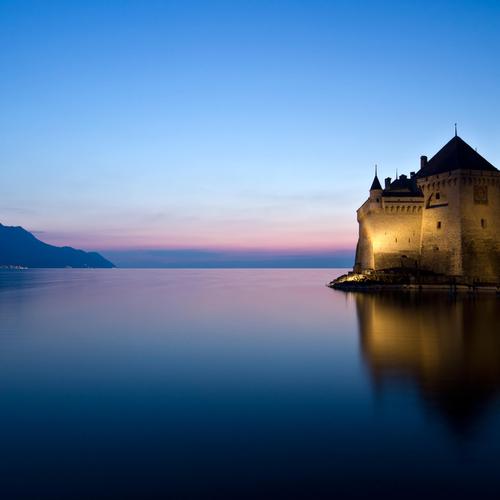The Significance of Cultural Traditions in Hispanic Communities: Understanding the Heart and Soul of a Vibrant Culture
The Hispanic culture is diverse, rich, and vibrant, with its unique traditions and customs that have been passed down from one generation to the next. The significance of cultural traditions in Hispanic communities cannot be underestimated, as they play a pivotal role in shaping the identity and the way of life of its people. From food to music, dance, clothing, and art, cultural traditions are deeply intertwined with the daily lives of Hispanics, and they offer a window into the soul of this colorful and lively culture.
One of the most critical aspects of cultural traditions in Hispanic communities is the way they bring people together and create a sense of belonging. Family and community are at the heart of Hispanic culture, and it is through traditions that these bonds are strengthened. Whether it is celebrating religious festivals, sharing meals with loved ones, or participating in neighborhood events, traditions are an essential tool for fostering social interaction and nurturing relationships.
Food is a significant part of Hispanic traditions, and it is often the centerpiece of family gatherings and celebrations. From the spicy flavors of Mexican cuisine to the savory dishes of Puerto Rico and the Dominican Republic, the diversity of Hispanic food is as rich as the culture itself. The preparation and sharing of food embody the core values of hospitality and generosity that are at the heart of this community.
Music and dance are also integral components of Hispanic culture, with a long history rooted in various parts of the world, including African, European, and Indigenous influences. From Salsa and Merengue to Ranchera and Mariachi, music and dance are a way of expressing emotions, telling stories, and celebrating life. These art forms bring joy and energy to celebrations, with each one carrying a unique cultural texture.
Art is yet another medium through which Hispanic culture expresses its identity. From the intricate patterns of folk art to the bold colors of modern works, art reflects the history, beliefs, and values of a people. Hispanic artists use their creativity to celebrate their culture, preserve their heritage, and share their stories with the world.
In conclusion, the significance of cultural traditions in Hispanic communities is multi-faceted. These traditions shape the identity and sense of belonging of its people while connecting them to their history and heritage. They also provide a sense of continuity and stability amidst change and provide a way to sustain relationships and foster social interaction. As society becomes more globalized, it is essential to recognize and celebrate the cultural diversity that enriches our world. By understanding and valuing cultural traditions in Hispanic communities, we gain a greater appreciation for the heart and soul of this dynamic and colorful culture.
(Note: Do you have knowledge or insights to share? Unlock new opportunities and expand your reach by joining our authors team. Click Registration to join us and share your expertise with our readers.)
Speech tips:
Please note that any statements involving politics will not be approved.
